Mummified Bison
The 28,000-year-old specimen is remarkably intact.
The fossil hall at the Smithsonian Institute’s National Museum of Natural History hides a wonderful rarity. Nestled into the farthest reach of the deep time-themed exhibit is a bison dating back to 28,000 years ago. But this is not any old bison specimen.
It has been preserved with its skin, face and even eyes intact, being quickly frozen after its death. This bison appears completely together, allowing scientists to note the color of its skin, what was in its stomach, pull particles of food from its teeth, and even extract its DNA. However, what is holding the entire body together is a trick in itself, for the curators used dental floss to hold the pieces together, forming a singular bison from its pieces.
The specimen is as preserved as if the Ancient Egyptians had prepared it for burial, wrapped it like a mummy, enshrined it in a tomb, and made ready it to reveal itself some ten millennia later. For this bison, however, its time of revelation came as the ice and snow began their retreat, exposing the hidden treasure over which they had watched and protected for thousands of years.
In fact, this particular bison can actually be considered a mummy, by which is meant any dead organism, particularly a body that is well preserved. When things are mummified, the organism’s skin and other features are left intact, rather than replaced by mineral salts which gradually replace the actual skeletal or outer hard tissues.
As for the bison, this particular one is of the species Bison priscus, found in the Loess deposit of Fairbanks, Alaska. This species is also known as the steppe bison or steppe wisent, which lived some 28,000 years ago. This would place it in the Quaternary period of the Cenozoic Era, going extinct by the late Pleistocene. While this specimen came from Alaska, the steppe bison roamed and traveled great distances, existing throughout Europe, Central Asia, Beringia, and North America.
Know Before You Go
Museum hours and other information can be found on its website seen below. Be sure to allow enough time to enjoy the entire Deep Time exhibit.
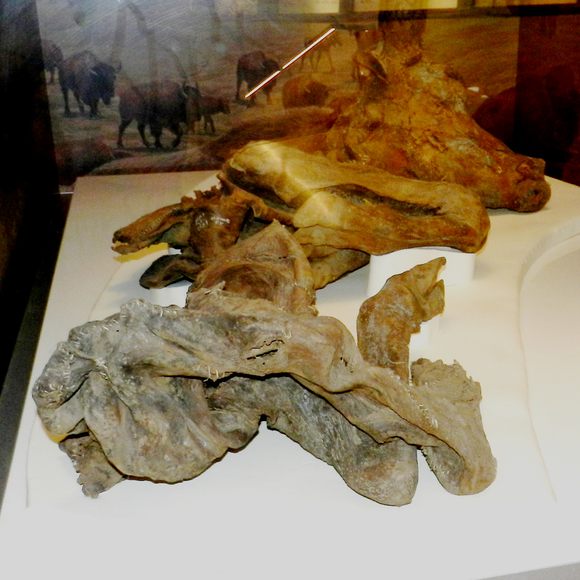


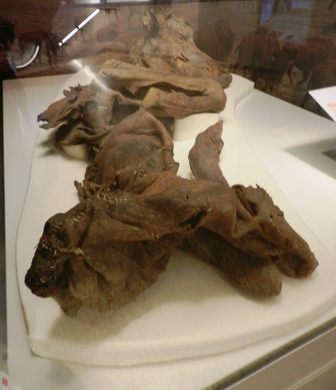


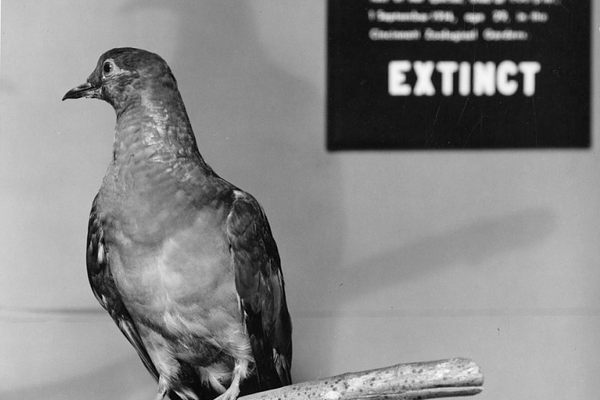


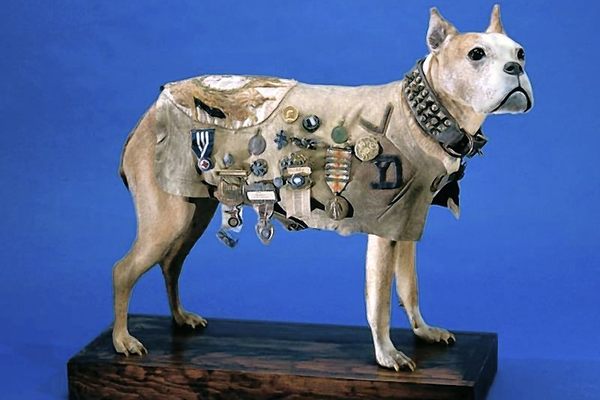
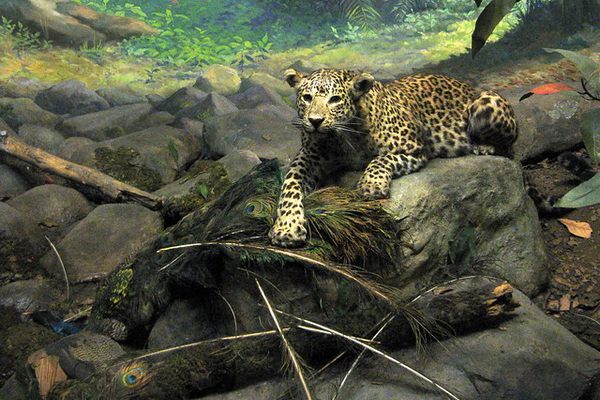

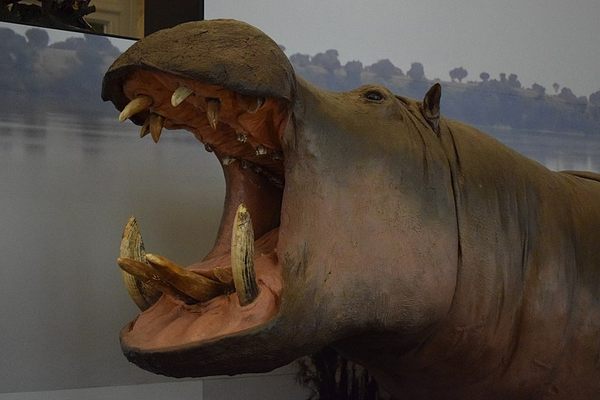
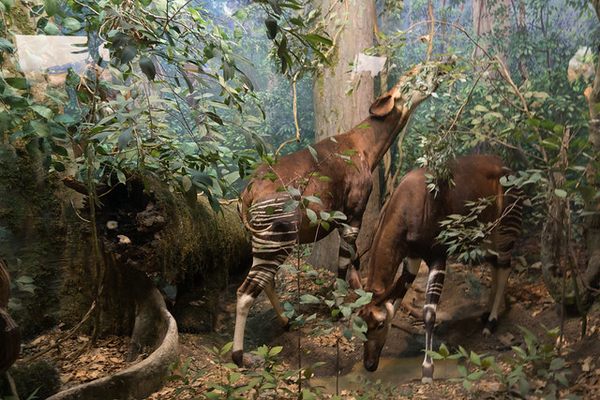

Follow us on Twitter to get the latest on the world's hidden wonders.
Like us on Facebook to get the latest on the world's hidden wonders.
Follow us on Twitter Like us on Facebook